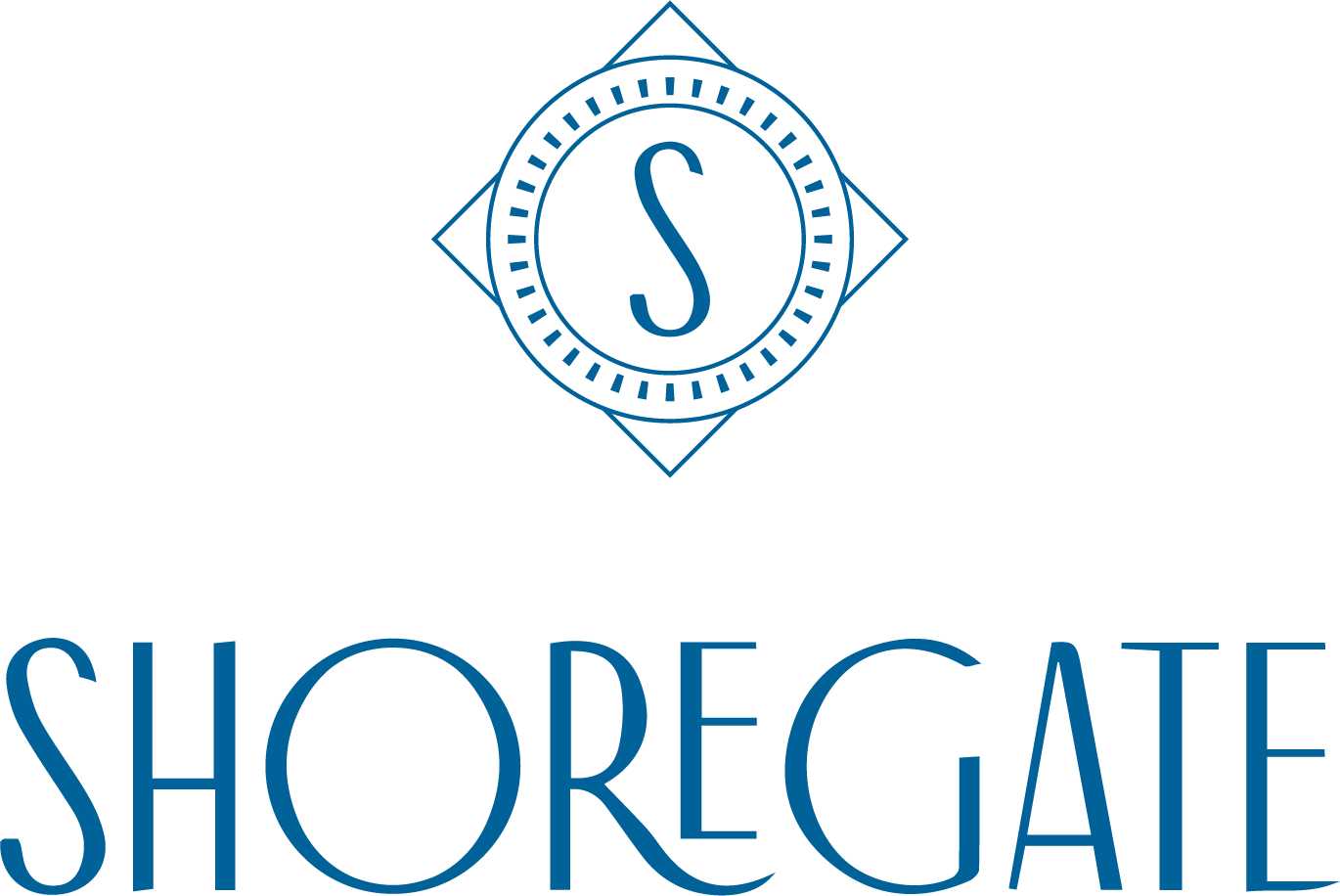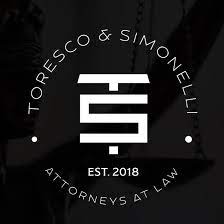
OUR SPONSOR
Greater Bay Shore coverage is funded in part by Shoregate, now leasing brand-new premium apartment homes in the heart of Bay Shore. Click here to schedule a tour.
High school history teacher and adjunct professor Christopher Verga knew about the existence of the Ku Klux Klan on Long Island.
He knew about the clauses barring African-Americans from settling in Levittown.
He knew about Robert Moses and the urban and suburban planning that helped keep whites and blacks separated.
But that was about it when it came to the history and legacy of racism on Long Island.
Everything else he learned from his research and reporting for his first book, Civil Rights on Long Island, which is part of the Images of America series by Arcadia Publishing.
The book hit store shelves last week.
“I was learning as I was going along,” said Verga, a Bay Shore resident. “I didn’t know the magnitude of the civil rights movement here. I never knew Thurgood Marshall came to Amityville. I didn’t know about the efforts of the Auto Workers Union, working with the NAACP.
“Congress of Racial Equality [CORE] was very active; and this wasn’t the South. These were some of the first civil rights freedom fighters, right here on Long Island.”
The book is supported by historic photos, letters, community-circulated flyers, images of marketing materials and copies of lease-to-buy agreements from Levittown.
It details a history of racial discrimination dating from the 19th century through when the suburbs east of New York City developed. The non-accidental result is that Long Island today is among the more racially segregated areas of the country.
“I [wrote this book] to show that racism does exist, and where it came from, and though some things have gotten better, we have a lot of work to do,” said Verga, who teaches at East River Academy, the alternative high school on Rikers Island, and Suffolk County Community College.
A life-long Long Islander, Verga studied history at St. Joseph’s College in Patchogue, received a master’s degree at Hofstra University and is a doctoral candidate at St. John’s University.
Throughout college he volunteered at Sagtikos Manor Historical Society in Bay Shore, where he gave tours.
“And I had always been really interested in social movements,” he said.
Aside from the book, his classroom discussions of New York City and Long Island history do touch on race, and on such historical records as the clauses that barred non-whites from living in Levittown.
“It’s always shock and awe,” he said of the responses from students.
Take clause #26, which is also highlighted in Images of America: Civil Rights on Long Island.
“The tenant agrees not to permit the premises to be used or occupied by any person other than members of the Caucasian race but the employment and maintenance of other than Caucasian domestic servants shall be permitted.”
Another item Verga is quick to point out in his book is the subtly racist “Learn to Swim Campaign” flyer that hung in Robert Moses parks such as Jones Beach. The flyer shows two separate groups of swimmers, one black, one white, standing on opposite sides of the design.
As the title indicates, the book is also about the push for reform and civil rights, and a portion of its sales proceeds go toward the African American Museum of Nassau County.
The book highlights the work of black WWII veterans who became active in the civil rights movement after being denied places to live in Levittown.
One of those people, Eugene Burnett, a Babylon police officer, settled in the then all-white neighborhood of Wheatley Heights, where he endured threats from neighbors but stayed so his children could benefit from the quality schools. He still lives there.
“As a war veteran he kind of felt entitled, because everyone was going to Levittown,” Verga said. “He was rejected, and it made him upset.”
The book also highlights the accomplishments of the island’s first African-American elected leaders, as well as Martin Luther King Jr.’s visits to Nassau County, where in 1965 he spoke of de facto segregation during a commencement address at Hofstra University.
Another interesting piece of history Verga learned of, in this case about his own hamlet of Bay Shore, was the fierce resistance of Bay Shore residents to the Ku Klux Klan in the 1920s.
On June 25, 1923, a rally against the Klan organized by the Holy Name Society drew an estimated 40,000 people to Bay Shore.
A photo of that rally, courtesy of the Bay Shore Historical Society, appears below.
And on page 78 there’s a flyer from 1960 showcasing homes in Ronek Park in Amityville that offered homeownership options for African-Americans turned away from developments elsewhere.
A thousand homes there were constructed by builder Thomas Romano.
“Dedicated to the Proposition That All Men Are Created Equal,” the flyer reads.
Verga called Long Island’s stubbornly segregated communities a product of design and culture.
“It’s a part of our culture that seems especially relevant and important [to examine] now more than ever,” he said. “If you don’t know better, you don’t do better.”
Christopher Verga’s next book, a collaboration with Neil Buffett, a history instructor at Suffolk County Community, will be a complete history of Bay Shore from Colonial times.
Photo: Christopher Verga at the Bay Shore Barnes & Noble on Monday. (Michael White)
































